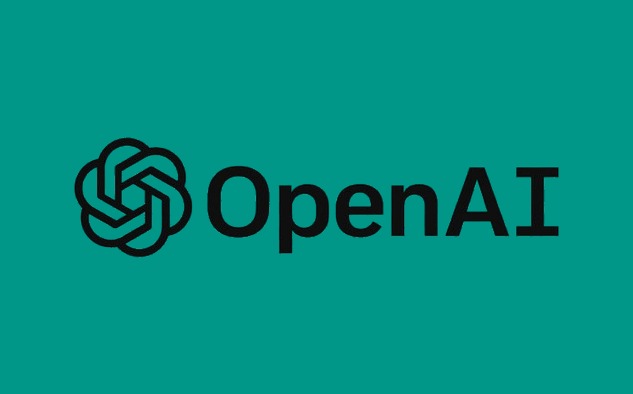A Game-Changing Move in Tech
OpenAI, the mastermind behind ChatGPT, is no longer just a software giant. In a jaw-dropping $6.5 billion all-stock deal, the company acquired io, a startup co-founded by legendary Apple designer Jony Ive. This bold move signals OpenAI’s ambition to redefine consumer hardware with AI at its core. Why does this matter? Because it’s not just about chatbots anymore—it’s about creating devices that think, see, and interact like never before.
Imagine a world where your device isn’t just smart but intuitive, blending seamless design with artificial intelligence. OpenAI’s CEO, Sam Altman, believes AI demands a new kind of hardware, and Jony Ive, the creative force behind the iPhone, is the visionary to make it happen. This acquisition is a seismic shift in the tech landscape, positioning OpenAI to challenge giants like Apple and Google.
Keywords: OpenAI, Jony Ive, AI hardware, consumer gadgets, tech innovation
Why Hardware? The AI Revolution Needs a New Form
AI is evolving fast, and software alone can’t keep up. OpenAI’s bet is clear: the future lies in agent-based devices, not app-based ones. Unlike smartphones, which rely on apps, these new gadgets will act as intelligent assistants, aware of your surroundings and needs. Think of a compact, screenless device that anticipates your next move—whether it’s booking a meeting or adjusting your smart home.
Jony Ive’s io startup, launched just a year ago, brings a team of 55 designers and engineers, including former Apple talents like Scott Cannon and Evans Hankey. Their mission? To craft AI-powered devices with unmatched quality. As Altman puts it, “AI is such a big leap forward that it needs a new kind of computing form factor” The Economic Times. This isn’t just a product—it’s a revolution.
Keywords: AI devices, agent-based tech, Jony Ive, OpenAI hardware, consumer tech
Learning from Past Failures
The road to AI hardware isn’t without bumps. Remember Humane’s AI Pin? It promised to redefine wearables but flopped due to high computing demands and glitches. OpenAI, however, is learning from these missteps. By partnering with Ive’s design expertise and leveraging ChatGPT’s AI prowess, they aim to create devices that are both functional and iconic.
Moreover, OpenAI’s acquisition of io isn’t just about hardware. It’s about vertical integration—controlling both the AI software and the devices it powers. This strategy mirrors Apple’s success with the iPhone, where hardware and software work in harmony. Posts on X buzz with excitement, with users like @TravisHoium noting, “OpenAI knows it needs new hardware for AI to be sustainable long-term”.
Keywords: AI Pin, vertical integration, OpenAI acquisition, tech failures, AI innovation
What’s Next for OpenAI’s Hardware?
So, what can we expect? OpenAI teases a “compact, screenless device” that’s fully aware of its user’s environment TechCrunch. Unlike smartwatches or glasses, this gadget will prioritize AI-driven interactions over traditional screens. Picture a device that listens, learns, and responds intuitively, all while looking sleek enough to turn heads.
OpenAI plans to unveil early prototypes next year, though shipping dates remain unclear. With Ive leading the creative charge, the focus is on quality that “has never happened before in consumer hardware” The Economic Times. This isn’t just a gadget—it’s a glimpse into the future of personal computing.
Keywords: AI gadgets, screenless devices, Jony Ive design, OpenAI prototypes, consumer tech trends
The Bigger Picture: Challenging Tech Titans
OpenAI’s hardware push isn’t just about gadgets; it’s a direct challenge to Big Tech. By merging AI with iconic design, OpenAI aims to outpace competitors like Google, Meta, and Apple. The acquisition rattled Apple’s stock, with shares dropping 2% after the news broke The Indian Express. Why? Because OpenAI is gunning for the post-smartphone era.
Meanwhile, other tech giants are scrambling. Meta’s smart glasses and Google’s Gemini models show the race is on, but mainstream adoption lags due to technical hiccups. OpenAI’s advantage? A proven AI platform in ChatGPT and Ive’s design genius. As one X user put it, “This is a power play—OpenAI can fuse AI with iconic design to make it tangible for everyday users”.
Keywords: OpenAI vs Apple, post-smartphone era, Big Tech, AI competition, consumer devices
Why This Matters to You
For tech enthusiasts, this is thrilling news. OpenAI’s hardware could redefine how we interact with technology, making AI a seamless part of daily life. Imagine a device that schedules your day, answers complex questions, and looks like a piece of art. For businesses, this opens new opportunities in AI-driven services, from smart homes to workplaces.
The global tech community is buzzing. From San Francisco to London, innovators are watching OpenAI’s next move. Will it deliver the iPhone of AI? Only time will tell, but one thing’s certain: the future of tech just got a lot more exciting.
Keywords: AI-driven devices, tech enthusiasts, global tech, smart homes, future of tech
Join the AI Hardware Revolution
OpenAI’s $6.5 billion bet on Jony Ive’s startup is more than an acquisition—it’s a vision for the future. By blending AI with world-class design, OpenAI is poised to create devices that could change how we live, work, and play. Stay tuned to GTPulse for updates on this game-changing journey.
What do you think about OpenAI’s hardware ambitions? Share your thoughts below and join the conversation!
